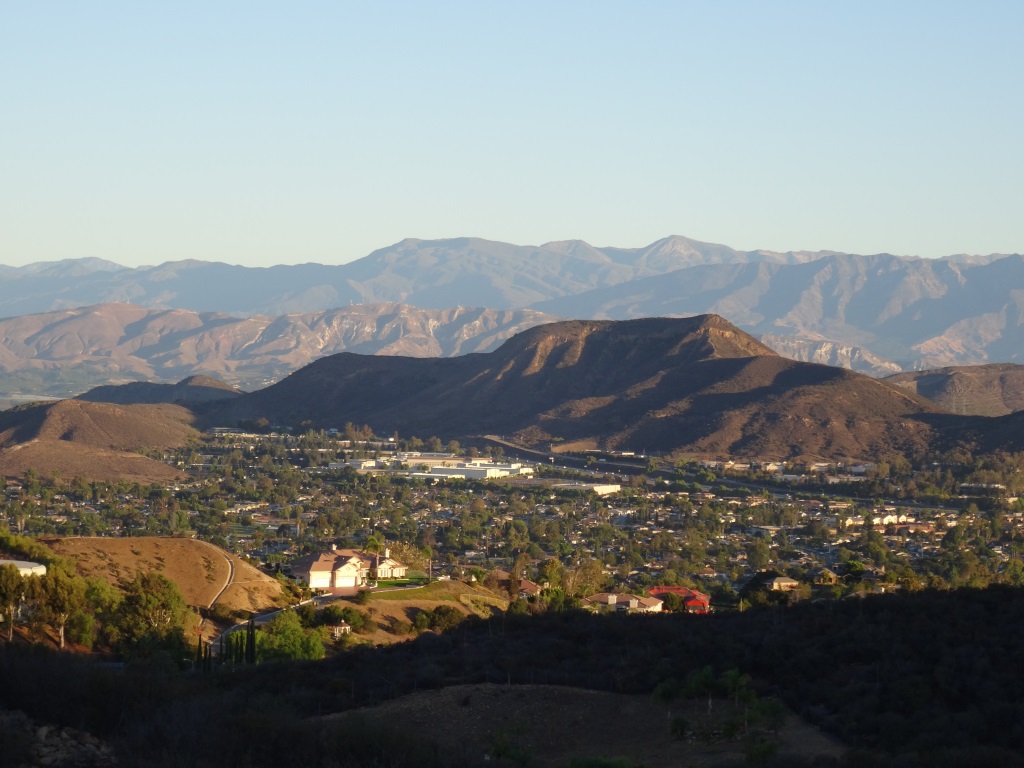California State Senate Bill No. 3 to Will Increase Minimum Wage to $15 an Hour Over Next 6 Years
/In April 2016, Governor Brown signed into law Senate Bill No. 3, that, among other things, will increase minimum wage in California to $15 over the coming years.
On January 1, 2016, the California minimum wage increased from $9 to $10 for all employers (with the exception of California sheepherders...which you can read about more HERE).
The planned increases to get to $15 are outlined below and vary based on if the employer has 26 or more employees or 25 or fewer employees.
Employers with 26+ Employees
- 1/1/17 to 12/31/17: $10.50/hour (5% increase)
- 1/1/18 to 12/31/18: $11/hour (4.8% increase)
- 1/1/19 to 12/31/19: $12/hour (9.1% increase)
- 1/1/20 to 12/31/20: $13/hour (8.3% increase)
- 1/1/21 to 12/31/21: $14/hour (7.7% increase)
- 1/1/22 until adjusted again: $15/hour (6.7% increase)
If your employer has 25 or fewer employees, there will be a year lag in the increases. So in 2017, there will not be a change in the designated minimum wage if you work for a company in that range. The first increase (from $10 to $10.50) will take place effective 1/1/18 and the final increase highlighted above (from $14 to $15) will take place effective 1/1/23.
So, if you are a minimum wage employee at a smaller company, you will be making slightly less than your "larger" company counterparts in California until 1/1/23.
After 2022, the minimum wage will generally be increased by the lesser of 3.5% and the inflation rate.











